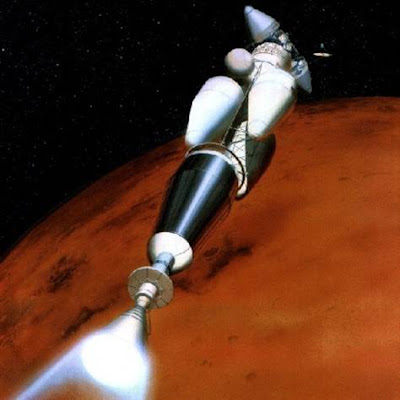
CAPE CANAVERAL, Fla. — For weeks to come, NASA will be working with the aerospace industry on its plans to develop its new super-sized rocket for missions back to the moon, the nearest Lagrangian point, asteroids, Mars and other ports of call in deep space.
The agency will be working with the latest technology, as well as innovations yet to be invented. Some even dare to whisper rocketry's N-word: nuclear.
But first, it seems logical to assume that NASA will use what it has.
For the initial flight tests, NASA’s new heavy-lift rocket will use two five-segment versions of the space shuttle’s solid-rockets. The solids will be strapped to a tank structure equipped with shuttle-style main engines, forming the basic “core stage.”
The second stage will use the J-2X engine, an updated version of the upper-stage rocket that powered the Saturn 1B and Saturn V rockets in the 1960s and '70s. The system was used for 16 manned space missions, including nine Apollo flights that carried crews to the moon and back.
Read More
No comments:
Post a Comment